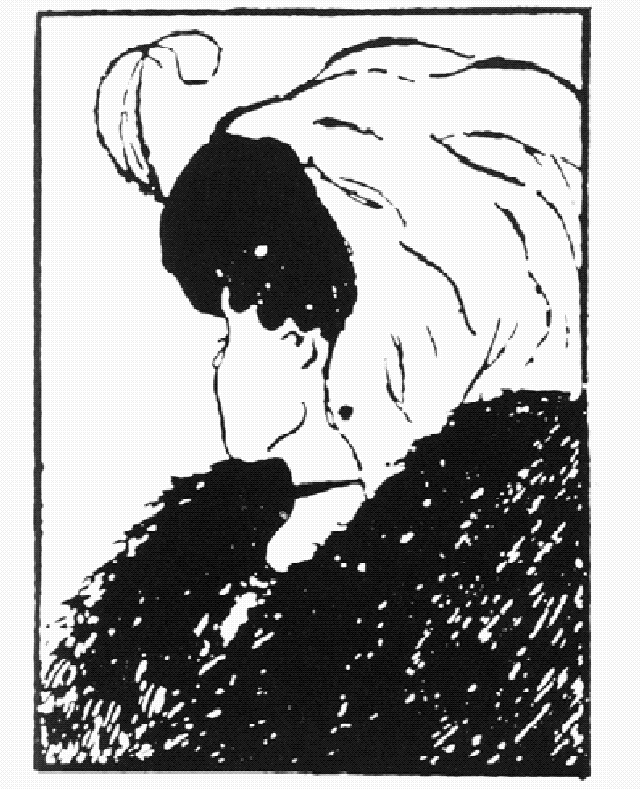Values
Today's lecture was on values and how they can influence the way in which we perceive things. In the dictionary, value is described as "import or meaning, force, significance." Values can be positive or negative. The word 'value' has many definitions anda number of meanings. "Values are our ideas about what is desirable" (Wilkie). In my opinion, values are those things that really matter to each of us. They are the ideas and beliefs that we hold as special. Caring for others, for example, is a value; so is the freedom to express our opinions. The foundation of our values come from our parents and the culture in which we have been bought up. In the early stages of our learning (as children) we are taught even by society, at school, but firstly at home, what is morally right and wrong. For example:
1. Lying is making false statements with intent to deceive.
2. Telling the truth is better than lying.
3. Stealing is taking the property of others without permission or right.
4. Stealing is wrong.
These facts cause us to question whether or not we need religion. However, religion merges itself into our values as it also teaches us what is morally right and wrong. Growing up, I went to church with my parents and siblings and was always cautioned not to steal, lie, fight, or use fowl langusge. If these values were disobeyed , I was scolded for doing so. Therefore, I believe that religion is as compulsary as learning values from parents and society, as within religion, you are taught these values as well.
Khale's list of values (1983) are:
- Self Respect
- Excitement
- Being Well Respected
- Self- Fulfilment
- Sense Of Accomplishment
- Warm Relationship With Others
- Security
- Fun & Enjoyment
- Sense Of Belonging
Dog>Lion>Parrot>Elephant. The first animal that we put, refers to how we want people to perceive us. As I put the dog first, according to this, I want people to perceive me as, loved, cared for, free and to an extent demanding. I thought that this was quite an accurate perception of what I portray. I like to come across as though I am being cared for and tended to when need be, but at the same time, I love freedom, doing what I want when I want. Overall, I am quite demanding and always stress what I want.



The next one was how we believe people actually perceive us and the second one I had was a Lion. Therefore this showed that I was critical, independent, active, dominant and fearless. When I saw that this was what is believed as what people actually think of you, I laughed because, it did not surprise me. I am familiar with people admiring my independency, but at the same time, people criticise me for being easily angered and fearless, in the sense that I provoke situations because I am not intimidated by the consequences. Despite this, I still try to portray the image that I am loved, I love others and that I like to be free and independent.


The last one was, how we actually want to be despite the influence of other people in our lives. The animal I put for this one was a Parrot. This meana that I want people to see me as free-sprited, passionate, popular and amusing. In my opinion, people in general, want to be seen as caring, fair and sociable.














.jpg)






